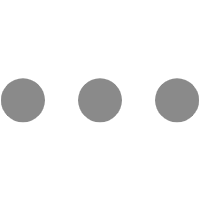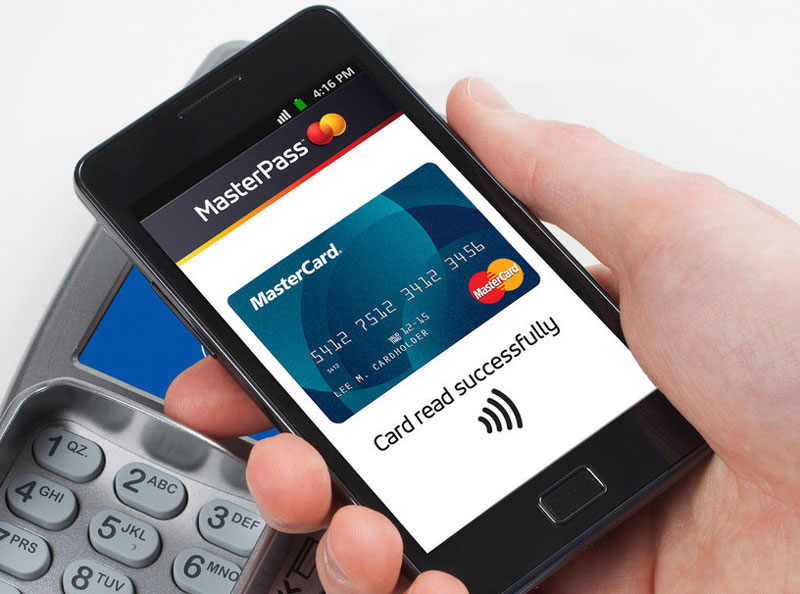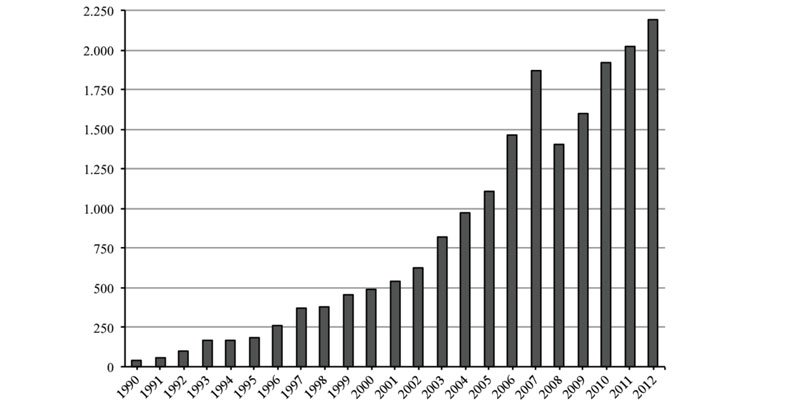Interest Only Mortgage
Payments consisting of interest solely do not include the principal. A significant number of interest-only mortgages that are still available today have the possibility of making interest-only payments. Here is an illustration of that:
A loan of $200,000 with interest calculated at 6.5%. The principle and interest would be included in the monthly payment of $1,254 due on a loan with a term of 30 years. A payment that covers the interest is $1,083. The difference in cost between a P&''I payment and an interest payment results in a monthly savings of $170.
Common Types
The most common types of interest only mortgages do not permit borrowers to continue making payments solely of interest for an indefinite period. In most cases, this period is capped at somewhere between five and ten years of the loan's duration. After that time has passed, the remaining loan balance will be amortized throughout its remaining term. This indicates that the monthly payments will climb to an amount equal to the loan's principal, but the principal will not grow. Two common types of mortgages are as follows:
A 30-year loan:
During the first sixty months of the loan, you have the option to make payments that are limited to interest. A borrower who has a loan for $200,000 and a rate of 6.5% may choose to make payments of $1,083 per month whenever they choose during the first five years of the loan. The payout will be $1,264 for years 6 through 30.
A 40-year loan:
During the first 120 months of the loan, you have the option to make payments that are limited to interest. In the first 10 years of a loan for $200,000 at a rate of 6.5%, the borrower can make payments that cover the interest solely on loan at any time. The payout will be $1,264 every year beginning in year 11 and continuing until year 40.
Computing an Interest-Only Payment
Calculating the interest on a mortgage is a straightforward process. Take the outstanding sum of the loan, which is now $200,000, and multiply that by the interest rate. The rate is 6.5% in this particular instance. That sum, $13,000, represents the interest accrued each year, denoted by the yearly amount of interest. Your monthly interest payment comes to $1,083 when you divide $13,000 by the number of months in a year, which gives you the total.
Who Would Benefit?
Mortgages that cover simply the interest accrued on a loan are favorable for first-time purchasers. The first year of house owners may be difficult for many people who have just purchased their first home since they are not used to making mortgage payments, which are often larger than rental payments.
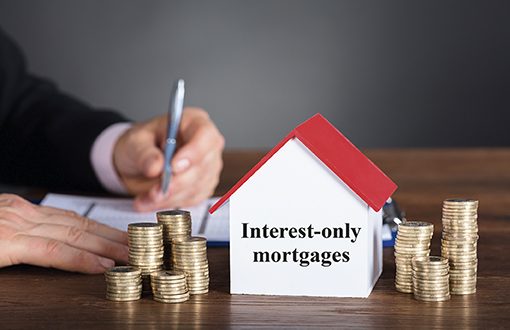
A homeowner with an interest-only mortgage is not required to make payments toward the interest portion of the loan. However, it provides the borrower with the OPTION to make a reduced payment during the early years of the loan. This is the main benefit of this feature. When a homeowner is hit with an unexpected expenditure, such as when the water heater breaks down and has to be replaced, the amount might be as high as $500 or even more. A house owner's budget can become more stable if they use an option that allows them to make a smaller payment during a given month.
An interest-only mortgage is a beneficial alternative for buyers whose income is unstable, for example because they earn commissions rather than a fixed salary; these buyers also profit from the option. These borrowers often make payments on the interest solely during lean months and then make additional payments toward the principal once they obtain bonuses or commissions.
Risks &'' Myths
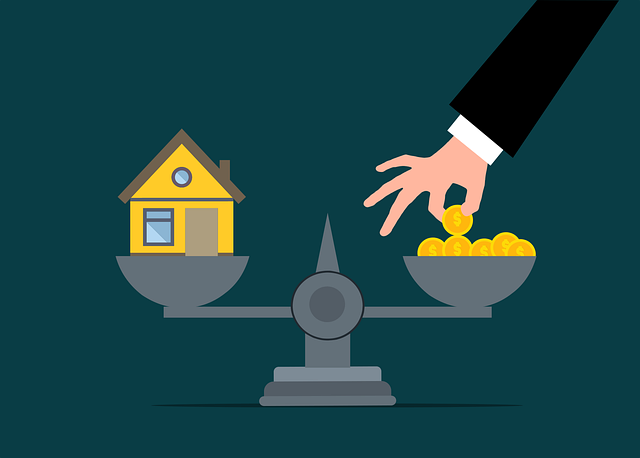
When considering an interest-only mortgage, it is essential to keep in mind that the principal amount of the loan will never rise. There is a provision for negative amortization in option adjustable rate mortgage loans. Mortgages that cover solely the interest do not.
If the property's value has not increased, an interest-only mortgage carries the risk that the borrower will be required to sell the property. If a borrower pays just the interest on the loan every month, for example, at the end of five years, the borrower would still owe the whole amount of the initial loan since the principal balance has not been lowered. The outstanding amount will remain the same as when the loan was first initiated.

